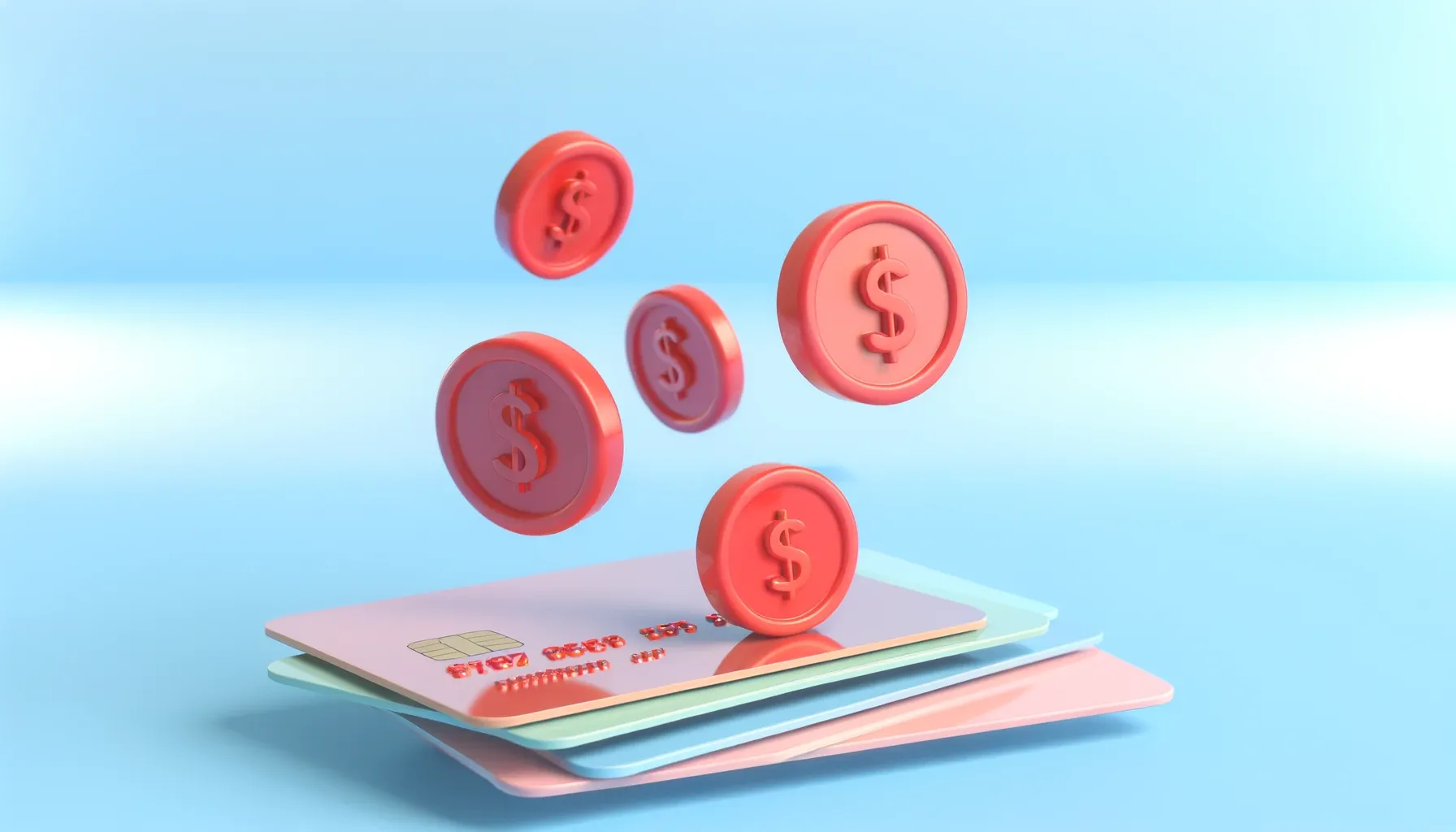CardsFTW #98: The Economics of Points
Plus, a new Mastercard healthcare tool

Mastercard’s New Healthcare Tool
Mastercard announced it will expand the HealthLock solution to what sounds like all U.S. Cardholders starting April 1. What is Healthlock? It’s a service that sounds very helpful for anyone in the United States who has to deal with our totally messed-up healthcare system.
Unfortunately, I have been spending a lot of time dealing with healthcare spending in the past few years and know how challenging it can be to manage. I am excited to try this out. According to the company, Healthlock will monitor your claims with your insurance company and alert you to billing errors, negotiation opportunities, and more. The company also mentions privacy or anti-fraud measures, but that doesn’t seem as exciting as just helping me deal with the complexities of health insurance.
I’ll be sharing thoughts as I try it out.
The benefit was in a pilot or trial previously and is now being rolled out to all eligible Mastercard cards. I know this will drive me to use my Mastercard products more for a centralized healthcare billing solution if it works!
The card networks offer many benefits that issuers can provide to their cardholders. Examples include identity monitoring, travel or purchase insurance, memberships such as ShopRunner, and discounts. The benefits often vary by card type; e.g., a Mastercard World Credit Card has more benefits than a standard card. Many consumers underutilize these benefits as they can be hard to track. I applaud Mastercard here for pushing forward into a new benefits space with something unique, which is a huge pain point for many people.
Programming Note
We’re going to be doing more content behind the paywall in the coming months. Whether you’re a paid subscriber or not, we appreciate you subscribing, sharing, and reading CardsFTW and hope you find these paid posts valuable. Now, for our first one…
The Economics of Points

I have a lot of conversations with people about how points work and how credit cards can pay for them. I thought it would be valuable to try to break down some of the key elements and issues at hand here.
Rewards Basics
First, let’s talk about rewards. Most people have a card that offers rewards - almost three-quarters (71%) of Americans, according to a 2022 study from Wells Fargo. Mastercard and Visa require that certain types of cards (such as Mastercard World Credit Cards) carry a minimum amount of rewards, which equals 1% cashback in most cases or up to 1.25% in others.
There are typically two major types of rewards programs: cashback and points. Cashback is exactly what it says it is, although there can be variations from daily earnings (such as with the Apple Card) to minimums for redemption (e.g., $25, such as with the American Express Blue Cash card). Points systems fall into several groups: proprietary points from the card issuer (e.g., Chase Ultimate Rewards, Citi ThankYou, American Express Membership Rewards), miles or hotel points from an airline or hotel brand, or points that are part of another loyalty program run by a retailer.
Savvy consumers consider the best types of rewards to be points programs that include transferable points. Some issuer programs are more like cashback masquerading as points, such as the Bank of America Travel Rewards card, which doesn’t allow transfers, and points can only be redeemed at $0.01 per point for travel statement credits or lower values for either gift cards or cashback against any statement charge. Others, such as Chase’s Ultimate Rewards, can be transferred to a variety of airline and hotel programs, creating flexibility.
Let’s pause for a moment to remember that these are thought of as loyalty programs, but transferable points do not necessarily reward loyalty to the travel brand itself, as you can transfer points to a program you have never used before.
Points Values
The key to a profitable rewards system lies in many cases in the variation between the perceived value to the cardholder or rewards earned versus the actual cost of the points to the issuer. Transferable points systems create complex variations here that both allow certain consumers to feel like they are getting one over on the bank by earning huge value, and other consumers to make less.
As I continue, I want you to know that I do not view consumers who redeem for lower hard cash value points to be fools by any means. They may be uneducated on these intricacies, but they may also have higher personal utility.
Let’s dive into a few real-world examples from both a consumer standpoint, looking at American Express Membership Rewards, and a behind-the-scenes look at balancing these values from the Grand Reserve World Mastercard that I launched at my last startup Vertical Finance.
This post is for paying subscribers only
